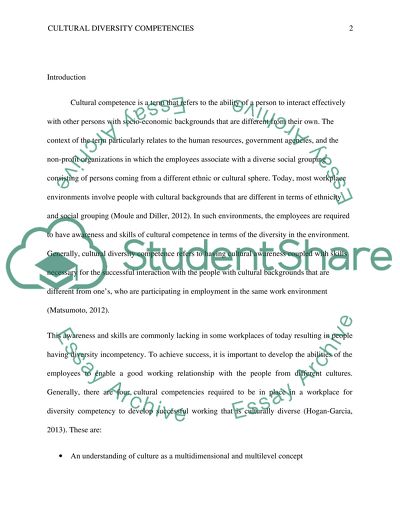Cite this document
(“Cultural Diversity Essay Example | Topics and Well Written Essays - 1500 words”, n.d.)
Retrieved de https://studentshare.org/psychology/1493598-cultural-diversity
Retrieved de https://studentshare.org/psychology/1493598-cultural-diversity
(Cultural Diversity Essay Example | Topics and Well Written Essays - 1500 Words)
https://studentshare.org/psychology/1493598-cultural-diversity.
https://studentshare.org/psychology/1493598-cultural-diversity.
“Cultural Diversity Essay Example | Topics and Well Written Essays - 1500 Words”, n.d. https://studentshare.org/psychology/1493598-cultural-diversity.


